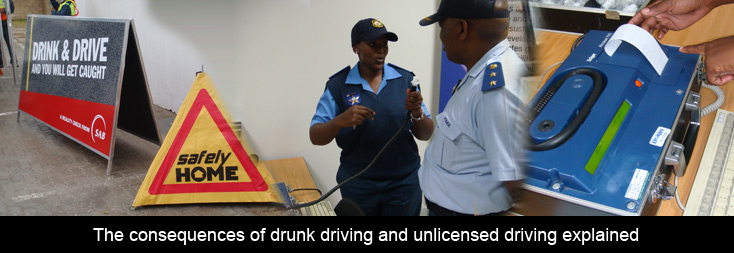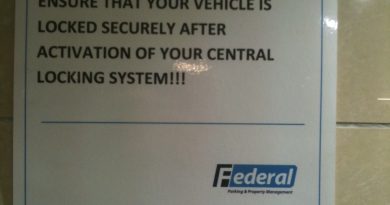Arrest of Bafana Bafana striker Katlego Mphela focuses attention on “How much is too much to drink before I drive?”

“How much is too much too drink?” – is perhaps the most asked question in road safety.
This is once more the topic of discussion after the arrest for drunk driving of Bafana Bafana striker Katlego Mphela.
Mphela’s’s business manager / agent has since confirmed that the soccer player did drink alcohol before his arrest but believed he was well within the limit.
Mphela was arrested in Sandton in the early hours on Monday morning on suspicion of being under the influence of alcohol.
He scored the national soccer side’s only goal in their win against Egypt on Saturday night.

Mphela’s agent Glyn Binkin said: “At this stage it’s just suspicion of drunken driving. He had a couple of drinks during the course of the evening, but according to him, he was well within the limit and we’ll see when the course of action takes place at the end of the month.”
Mphela has been released on R1000 bail and will appear in court in August. [Info from Eyewitness News]
It is important for vehicle owners to be aware of the dangers of drunk driving – and not only the risks to other road users – but also to their insurance. Your insurer is under no obligation to pay for damage if it is found that the driver was driving above the legal limit!
How much is too much to drink?
People often ask how much can they drink before they go past the limit?
Here is a “basic” answer:
1 metric tot is 8,4 g of ethyl alcohol.
The average beer contains between 13 – 16 grams of ethyl alcohol.
One beer is therefore ± equivalent of a double eg brandy.
In trials all the participants (Male & Female students) exceeded the legal limit = 0,05g/dl after two beers.
According to the Widmark formula:
A = p x c x 10 x r
A = amount of alcohol in grams
p = mass of the person
x 10 = to convert promille ( parts per thousand) to g/dl or g/%
“r” = Widmark factor which is on average 0,7 for men and 0,6 for females.
c = blood alcohol level.
Blood alcohol level = A divided by p x r x 10.
As far as wine is concerned: It would depend on whether you are referring to fortified wine or not. (Fortified implying that alcohol had been added to the wine)
Usually on any bottle the % of alcohol is indicated. 10% would imply 10 grams/alcohol per 100 ml of wine. Then once again the Widmark formulae can be applied to get an estimation of expected blood alcohol level.
We would like to share the guide provided by the Institute of Alcohol Studies:
The basic guideline in South Africa is that 2 drinks within 1 hour will put you on/over the legal limit so don’t drink more than this if you will be driving.
View: Alcohol and You – Institute of Alcohol Studies
We have given much attention to this both on the Arrive Alive Website and the Car Insurance Blog. and would like to share some of these links:
Also view:
- Insured vehicle owners need a reality check about drunk driving
- Do not mix energy drinks and alcohol before driving
- Drunk driving could sharply increase your car insurance premium!
- Will my car insurance pay if I drive drunk?







